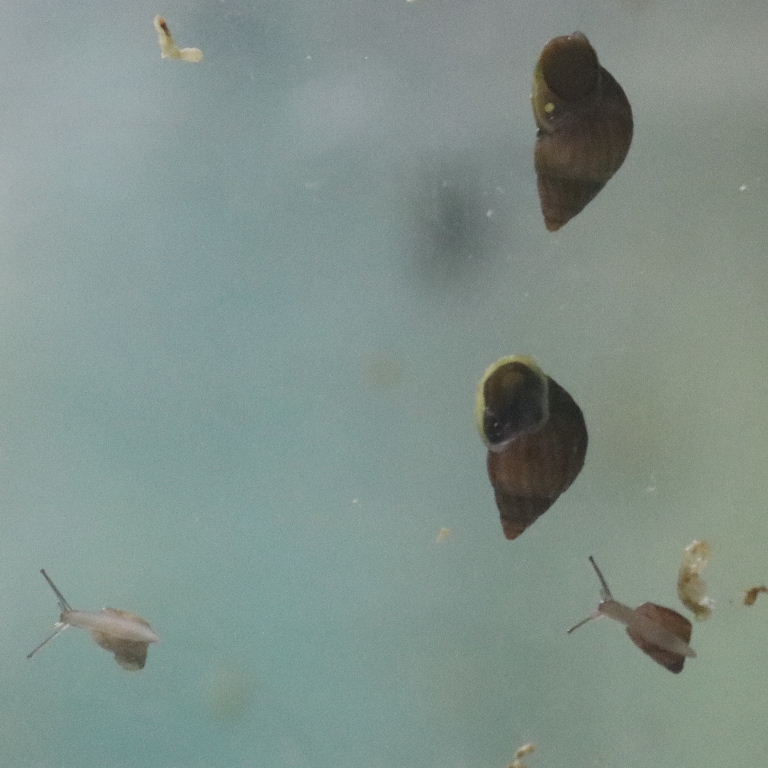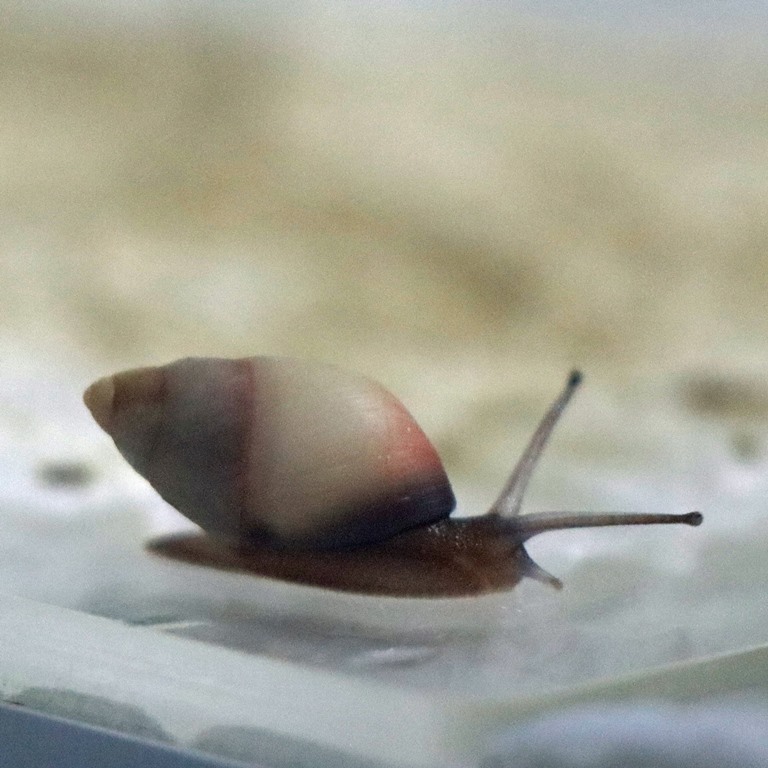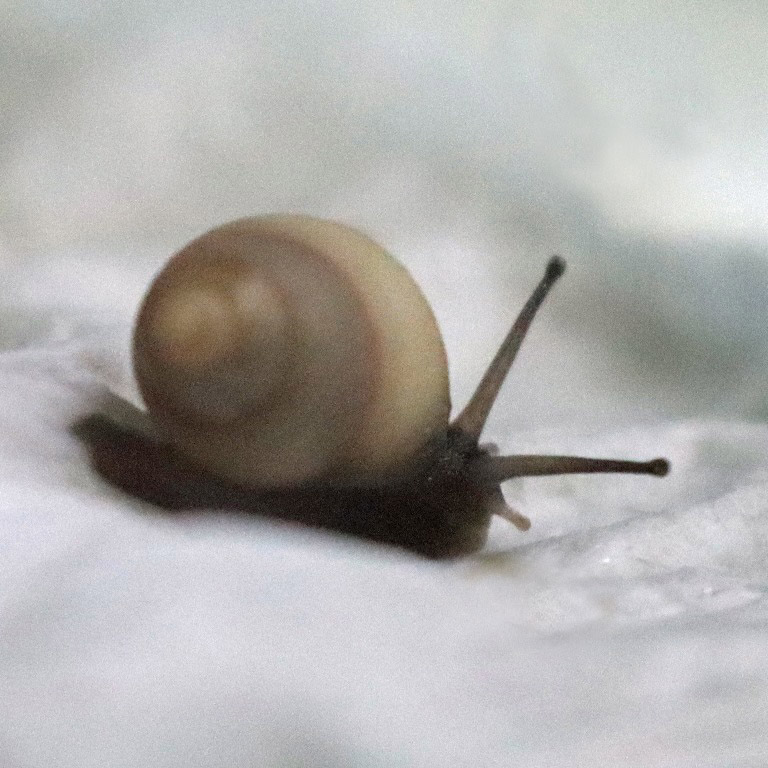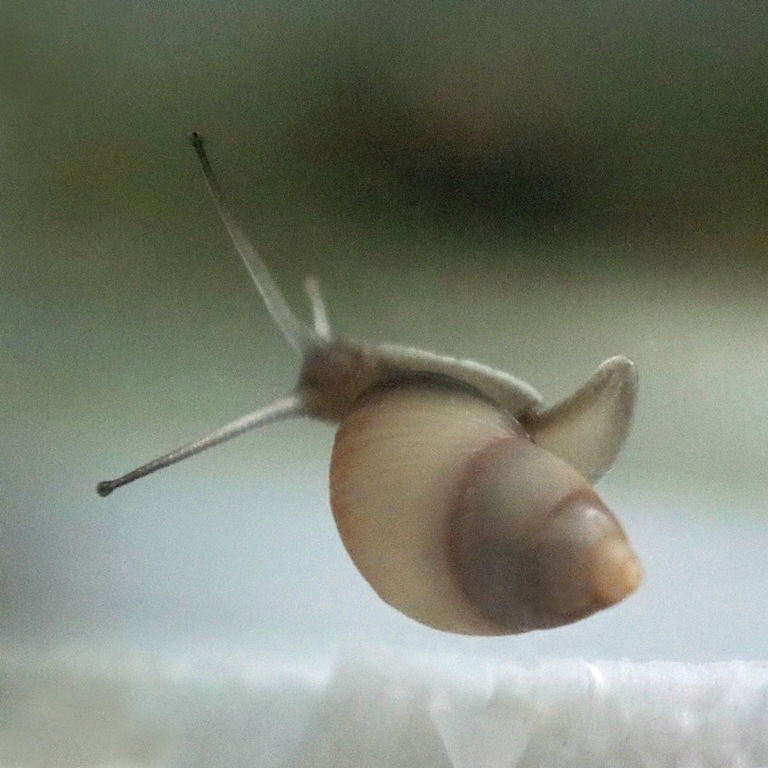Polynesian Tree Snails Partula spp.


The story of the Partula species of tree snails is another tragic example of human interference. Partula are
an ancient genus of tree snails mostly endemic to islands in the South Pacific. Giant African Land Snails, Lissachatina fulica,
were imported to provide food for local people but escaped, reproduced rapidly and decimated crops. Snail-eating Rosy Wolf Snails,
Euglandina rosea, were imported to kill the invasive giant snails but instead eradicated the defenceless local Partula snails.
On some islands, local species were extinct within a decade; on others, they are extinct in the wild or critically
endangered but a small number are being bred in captivity.
Partula snails feed on algae and plant decay. Unusually, they don't lay eggs but give birth to baby snails with shells.



The two rows above show the Tohea Tree Snail, P. tohiveana, from Moorea Island, French Polynesia, extinct in the wild and part of an
international breeding programme including Marwell (has a third of global population) and ZSL London (tank was labelled "for release",
but it may be a while before they can repopulate their homeland).



Above are Parare Tree Snails, P. taeniata nucleola, also from the island of Moorea, critically endangered
and also being captive bred for conservation. The label on a relatively small terrarium at Marwell in 2015 read "this tank houses one third
of the world's population" of this species. ZSL also breeds them.



Above are P. varia, also extinct in the wild and being captive bred for conservation.
Marwell's label in 2015 again said that they housed one third of the world's population of this species. Previously endemic to Huahine,
French Polynesia, some were reintroduced to the wild in 2019.
Marwell is breeding 8 species: 3 above plus P. rosea, mooreana, suturalis strigosa, gibba and
hyalina, all but 2 extinct in the wild.
ZSL also had P. hebe, mirabilis, garretti, mooreana, suturalis, rosea and navigatoria, all also extinct in the wild, in its
breeding programme, in addition to P. hyalina (vulnerable).



Above is P. rosea which, like P. varia, was endemic to Huahine, French Polynesia,
before becoming extinct in the wild. At one point 50% of the global population were in one room in a UK zoo. Some were reintroduced
to the wild on Huahine in 2019.
Agriculture and building development may also limit scope for reintroduction. Altogether, 50 species are already extinct;
11 are extinct in the wild, 14 are critically endangered and 2 are endangered. A further 1 is vulnerable, 1 of least concern and 5 "data deficient".

